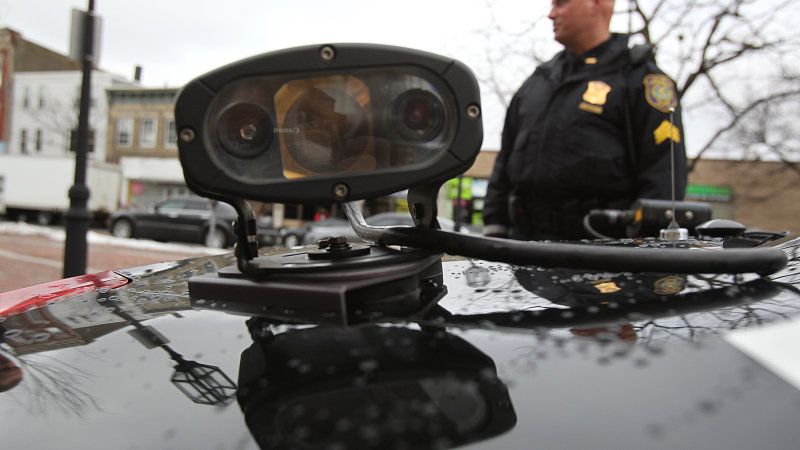Late this past January, the ACLU obtained heavily censored documents outlining a secret DEA program that oversees the compilation of data on millions of U.S. motorists, with over 343 million recorded entries detailing driver locations and movements purportedly added to the massive new database.
It’s called the National License Plate Recognition Initiative, and many are questioning its use, scope, and potential for abuse and infringement of the rights of everyday citizens. According to the ACLU, “the federal government is uniquely positioned to create a centralized repository of all drivers’ movements across the country — and the DEA seems to be moving toward doing just that.”
The program encourages both privately run license-plate reader databases and federal, state and local law enforcement agencies to contribute collected location data.
Numerous concerns have been raised over the program’s lack of transparency. Now, Autoblog is reporting that news outlet Ars Technica has obtained more than 4.6 million records generated by LPRs in Oakland, CA, representing possibly one of the largest datasets ever publicly released.
The records outline the location of 1.1 million unique license plates using 33 LPRs between December 23rd, 2010, and May 31st, 2014. The data can be used to accurately summarize a variety of personal details and daily habits, including where an individual lives, works, where they attend church, which political rallies they attend, and what bars they frequent.
“We have nothing to hide,” Oakland police captain Anthony Toribio said upon the release of the information. “I think it’s important for a law enforcement organization to be transparent, and it goes to being credible and establishing legitimacy in the community.”
Continue reading to learn more about the license-plate reader data.
Why it matters
According to Ars Technica, the data collected by just four LPR units in Oakland over the course of 16 months had a “hit rate” of only 0.2 percent, which means the vast majority of the 793,273 plates read belonged to persons not currently under suspicion of any crime. Additionally, the news outlet claims that the hit rate today has fallen to only 0.16 percent. Data retention limits vary, but can extend for years.
The efficacy of LPR data in fighting crime remains questionable. While select cases have been brought to light, statistics on whether or not LPRs actually help prevent illegal activity, such as in finding more stolen vehicles, have not been released. Law enforcement agencies, however, continue to back the devices as important policing tools.
While alarming, these new revelations are certainly a step in the right direction. It’s important for citizens to expect transparency when it comes to the new age of surveillance and limited privacy, and I applaud the Oakland PD for releasing this data for public scrutiny. I hope other agencies will follow suit.
There are still many questions left unanswered. While the scope of LPR data is now a little clearer, how it is used, with whom it is shared, how effective it is and how often it’s led to abuse remains unknown.

